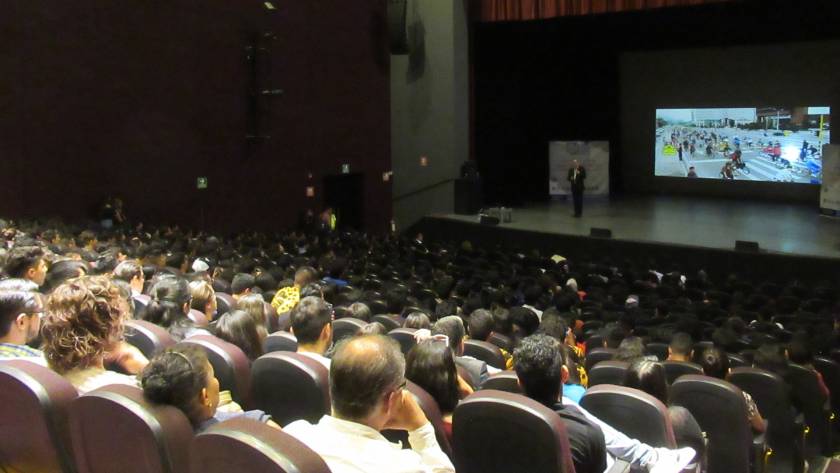


Key Takeaways
Human-Centric, Data-Informed Urbanism: It is vital to combine observational insights with new digital tools to understand how people actually use urban spaces. This includes measuring public life and leveraging qualitative inputs (such as participatory photography and map-making) alongside quantitative data.
Summary
Cities must transition from fixed long-term plans to agile…


Key Takeaways
To divert trips from cars, walking and cycling must be simultaneously:
Useful (mixed-use destinations),
Safe (protection from vehicular threat),
Comfortable (well-enclosed “outdoor living rooms”) and
Interesting (varied façades, human-scaled details).
Edges define a place: the ratio of height to width gives it a different character. If it…

Key Takeaways
The 15-minute (or 30-minute) City isn’t just about distance. It redefines quality of life via green, complete, socially rich, mixed-use neighbourhoods.
Beyond spatial distance, implement social, cultural, cognitive, emotional, and digital proximities to weave a dense network of services and interactions.
Success hinges on transforming governance (new local mandates, participatory…

Key Takeaways
→ Urban environments should be flexible, adaptable, and deeply human-centered.
→ High density should not mean high-rise developments alone but rather diverse,
layered urban spaces with well-designed mid-rise buildings, communal areas, and
active streets.
→ Cities should cater to human senses—lighting, soundscapes, material textures,
and smells - all influence how people perceive and use public spaces.
→ Designing cities for…

Key Takeaways
In the context of climate change, not everything that is ‘green’ has nature in it. And contrastingly, even leafy green low-density suburbs amplify emissions and erode quality of life if they remain car-dependent.
By concentrating people, services and jobs, cities can minimize per-capita emissions compared to sprawling suburbs. However, it is…




Key Takeaways
→ The 7.5% City is based on a growth model focusing on increasing population
density in targeted areas rather than widespread suburban expansion.
→ Increasing housing supply near transit, reduces car dependency, and supports
sustainable urban growth.
→ Encourage mixed-use developments in high-density corridors to support local
businesses.
Summary
a. What is a 7.5% City?
○ Intensify only 7.5% of…

Key Takeaways
Physical form and social shifts have confined today’s eight-year-olds to a 100-meter radius, compared to approximately 6 miles in the 1900s.
Medium-high density, car-free streets, built-in play elements, pocket parks, and 4-minute transit to the city center create both freedom and richness of activity.
Summary
What is child-friendly urban…
